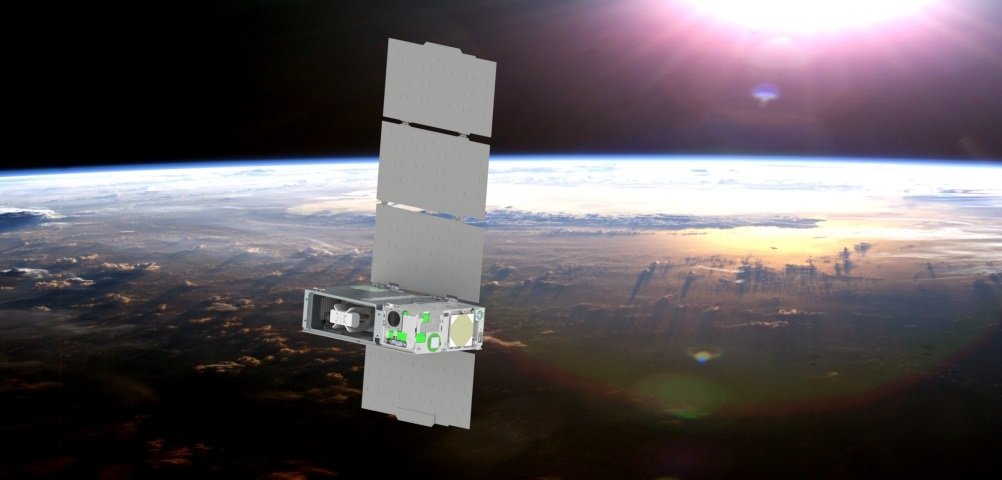A diminutive spacecraft, the Colorado Ultraviolet Transit Experiment (CUTE), has provided new insights into the atmospheres of “hot Jupiters,” the largest and hottest type of planets in the universe. Developed by the University of Colorado Boulder and NASA, CUTE, launched in September 2021, has presented findings on the atmospheric changes of these celestial bodies, shedding light on the mysteries surrounding their proximity to their stellar companions.
Key Points:
- CUTE Overview:
- The Colorado Ultraviolet Transit Experiment (CUTE) is a compact spacecraft developed by the University of Colorado Boulder and NASA.
- Launched in September 2021, CUTE serves as a Cubesat, a mini-satellite about 14 inches long, designed to explore the atmospheres of “hot Jupiters.”
- Observing Hot Jupiters:
- CUTE’s ultraviolet telescope was employed to observe several “hot Jupiters,” a class of planets known for their large size and close proximity to their stars.
- These planets, often described as the “hottest and angriest” in the galaxy, have masses and sizes similar to Jupiter but orbit much closer to their stars than Mercury does to the Sun.
- Atmospheric Changes and Mysteries:
- Hot Jupiters experience atmospheric changes, particularly puffing up when in close orbit to their stars.
- CUTE’s observations revealed variations among these planets, with some losing their atmospheres due to their proximity to the star, while others exhibited greater resilience.
- Diverse Nature of Hot Jupiters:
- Described as coming in various “flavors,” hot Jupiters showcase diversity in how their atmospheres respond to their stellar companions.
- This research contributes to understanding the evolution of planets, including those significantly different from Earth.
- Significance for Planetary Evolution:
- Insights gained from studying hot Jupiters could enhance knowledge about the evolution of Earth-like worlds.
- The data may be particularly relevant to understanding the transition of super Earths, suggesting they might begin as Neptune-sized planets with expansive atmospheres that subsequently lose mass, leaving behind rocky cores.
- Researcher’s Perspective:
- Kevin France, a researcher involved in the project, emphasized the diverse nature of the observed planets and their atmospheric responses.
- The study contributes to unraveling the mysteries of planetary evolution, providing valuable information about distant celestial bodies.
CUTE’s compact size and specialized instrumentation have allowed researchers to delve into the complexities of hot Jupiters, offering valuable data that expands our understanding of planetary atmospheres and evolution in the vast expanse of the universe.


